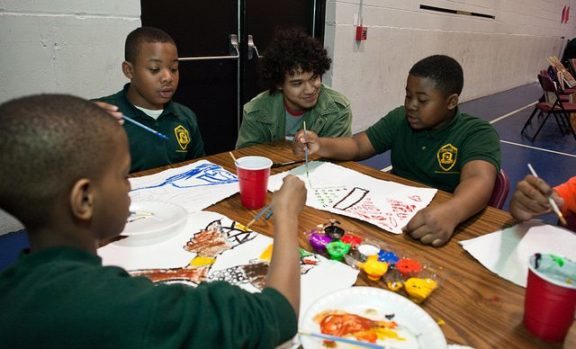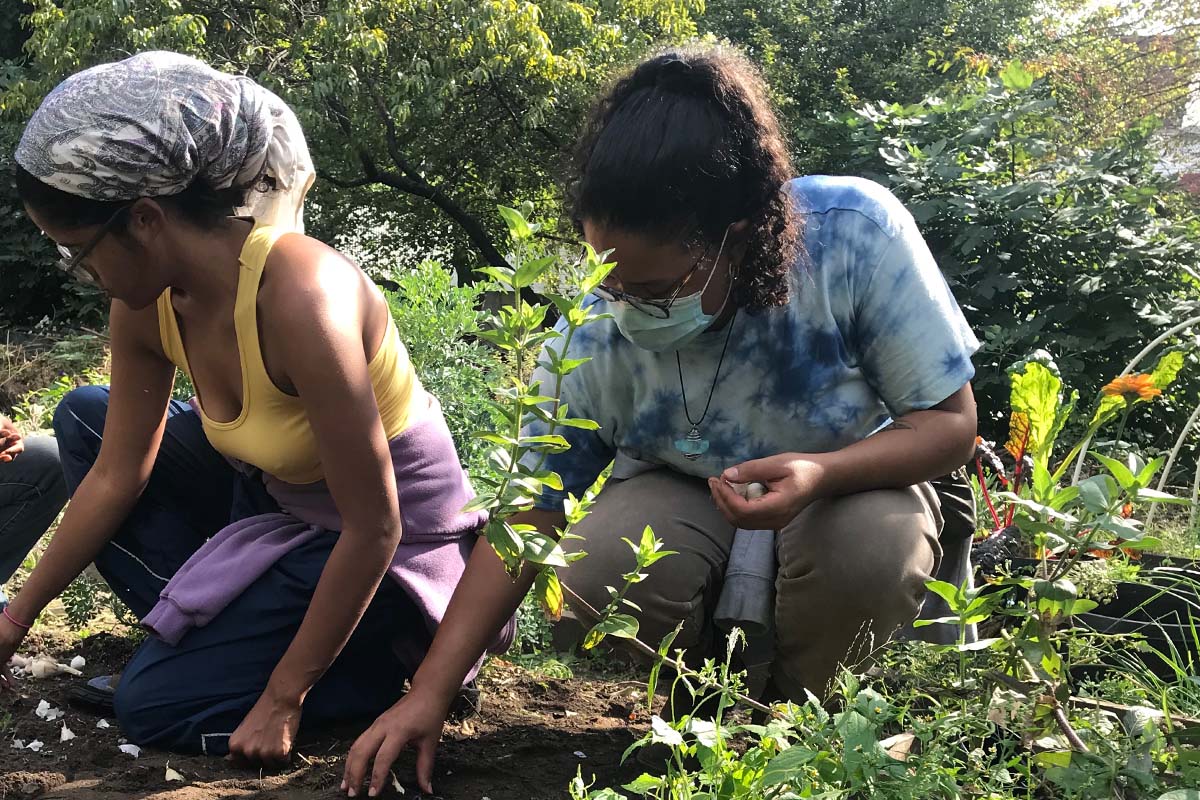
April 25, 2017; NPR, “nprEd”
The National Assessment Governing Board (NAGB) on Tuesday issued “The Nation’s Report Card: 2016 Arts,” a report based on assessments of 8,800 eighth graders from 280 schools across the U.S. in both music and visual arts. NAGB, an independent, nonpartisan board that oversees the National Assessment of Educational Progress (NAEP), also known as The Nation’s Report Card, regularly issues reports on student achievement in math, reading, and science. This is only the third report—the others were in 1997 and 2008—assessing arts knowledge, understanding and abilities.
Overall scores remained relatively flat compared with 2008. In music, students averaged 147 on a scale of 300 (not a statistically significant difference from 150 in 2008). In visual arts, the average score dropped to 149 from 150 (again, not statistically significant). The assessments “measured students’ knowledge based on their ability to understand and interpret historical pieces of art and music” and “also looked at their creative abilities.”
There were glimmers of progress in some groups, and a few measurable differences by gender, region and other subsets of students:
- The achievement gap between Hispanic students and white students narrowed; however, Hispanic and black students still lag behind white and Asian students.
- Students who receive free or reduced-price lunches had higher scores in visual arts than in 2008, narrowing the gap between them and students from higher-income families.
- Female students outperformed male students in both visual art and music assessments, and the music scores of male students declined significantly compared with 2008.
- Asian/Pacific Islander students outscored white students in both music and visual arts for the first time.
- Students from the Northeast outperformed students from all other regions in both categories. The lowest visual arts scores were in the South and the lowest music scores were in the West.
The report indicates that only 42 percent of eighth graders had taken a visual arts class in 2016, while 63 percent had taken a music class. And eighth graders were less likely in 2016 to be taking private art or music lessons or otherwise engaging in arts activities outside of school. Not surprisingly, the report indicates that students in suburban schools had higher average scores than those in city schools, while students in private schools had higher average scores than those in public schools.
Sign up for our free newsletters
Subscribe to NPQ's newsletters to have our top stories delivered directly to your inbox.
By signing up, you agree to our privacy policy and terms of use, and to receive messages from NPQ and our partners.
In a detailed news release about the report issued by NAGB, Alberto Carvalho, a member of the governing board and superintendent of Miami-Dade Public Schools, noted, “The arts have a significant impact on student academic progress. Music and visual arts have a powerful influence, enriching students’ lives and encouraging students who otherwise may be reluctant to participate fully in the school experience.”
Indeed, a long-growing body of evidence, including two recent studies led by WolfBrown researchers, supports the impact of arts education on overall academic progress as well as in other areas, like socioemotional development. Work from the Wallace Foundation, summarized here in video format, emphasizes the value of high-quality after-school arts programs.
Still, the lack of progress evidenced by the NAGB arts 2016 report card—in terms of both average scores and overall access to arts education—suggests that school systems are not connecting the dots between arts learning and other measures of student success—or at least are not prioritizing arts learning in response to the dots that are being connected.
The infrequency of the NAGB arts report cards—three in 20 years, with relatively flat scores dating back to 1997—may in itself be an indicator of the relatively low value placed on arts learning in the U.S.—Eileen Cunniffe











